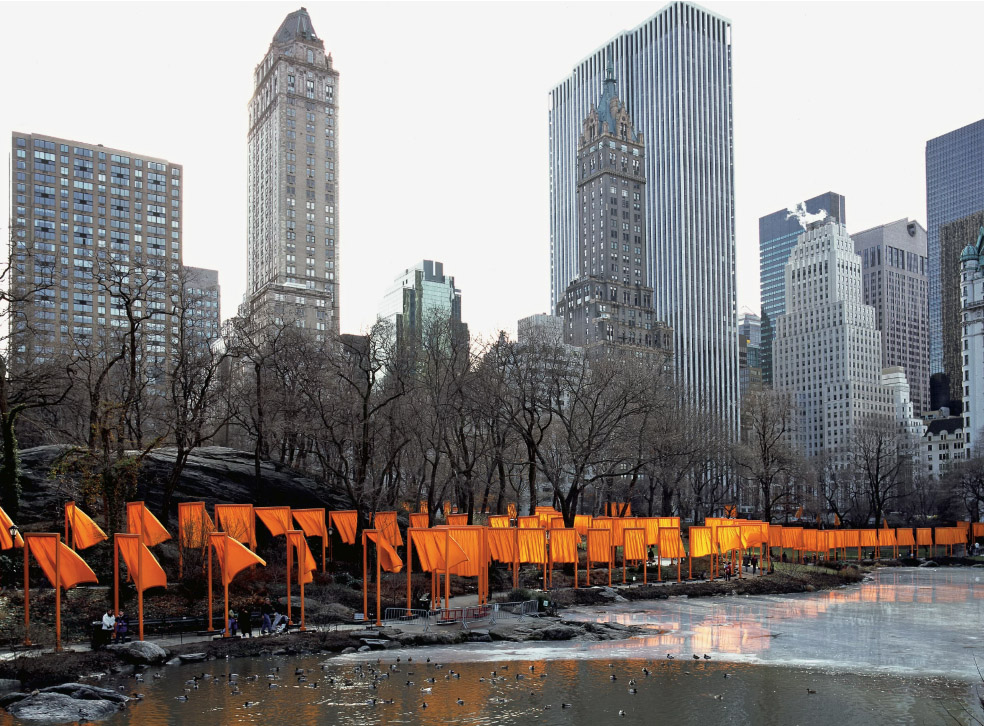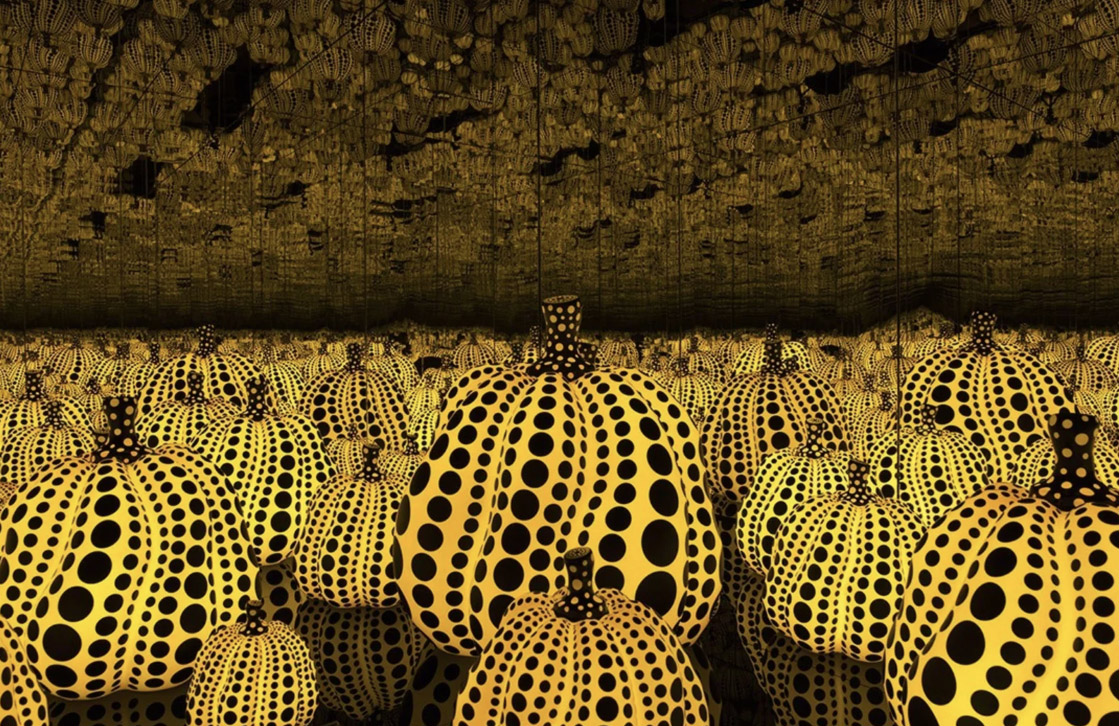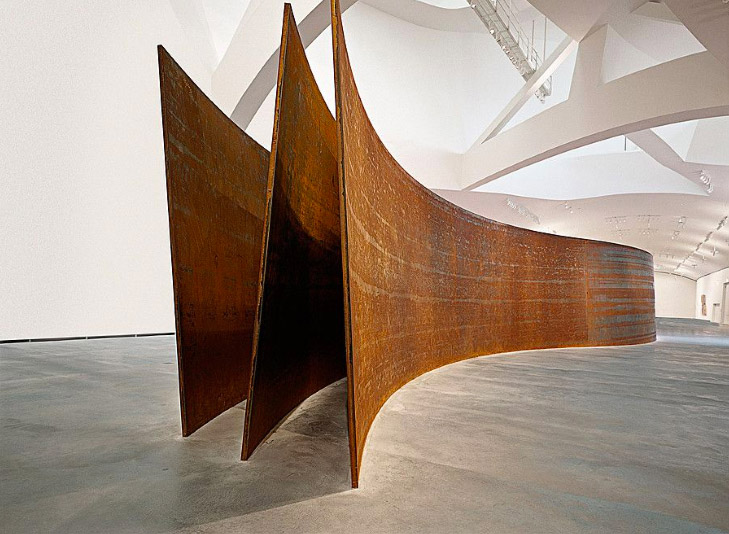Conserving contemporary art presents a unique and multifaceted set of challenges that distinguish it significantly from the preservation of classical artworks. Unlike traditional art forms, which typically utilise well-understood materials and techniques, contemporary art often embraces unconventional and innovative approaches that test the boundaries of conservation science.
From ephemeral installations and interactive pieces to the integration of digital technologies and synthetic materials, contemporary artworks are as diverse as they are dynamic. These characteristics necessitate the development of new methodologies and ethical considerations for conservators striving to honour the artist's original intent while ensuring the longevity of these works. This article explores fifteen common challenges specific to the conservation of contemporary art, shedding light on the complexities and novel solutions required to preserve our modern cultural heritage.
1. Use of Unconventional Materials
Contemporary artists often use non-traditional materials such as plastics, synthetic fibres, or organic matter that can degrade more rapidly than the more classically-used materials such as oil paints, metals and marble. For instance, Eva Hesse's use of latex in her sculptures, which was innovative at the time, presents conservators with the challenge of slowing down the material's inevitable yellowing and brittleness. The degradation of such unconventional materials can alter the artwork's appearance and structural integrity, requiring specialised knowledge and techniques to manage their preservation.

Eva Hesse, Expanded Expansion, 1969. Photo: Guggenheim
2. Ephemeral Artworks
Many contemporary artworks are designed to be temporary or short-lived, such as Christo and Jeanne-Claude's "The Gates," which adorned Central Park for just 16 days. Conservators must decide whether to document these works thoroughly or to attempt to recreate them, as the original materials and intent are inherently transient. This ephemeral nature raises questions about the essence of the artwork and its preservation—whether the focus should be on the experience or the physical remnants.

Christo and Jeanne-Claude, The Gates, 1979–2005 (photo: Wolfgang Volz) © 2005 Christo and Jeanne-Claude Foundation
3. Mixed Media
Contemporary art frequently combines various media, complicating conservation efforts due to the differing preservation needs of each component. Each material ages differently and may react with others, complicating conservation efforts. The diverse materials require conservators to develop multidisciplinary expertise and sometimes novel preservation methods to ensure that each component's integrity is maintained without compromising the others.
4. Technological Integration
Digital art and video installations depend on technologies that quickly become obsolete. Conserving such works involves maintaining or replicating outdated equipment and transferring digital files to new formats without losing quality. Conservators also face the challenge of preserving the interactive experience, which is integral to the artwork, rather than just the physical or digital components.
5. Artist's Intent
Contemporary artists might have specific ideas about how their work should age or be maintained, which conservators must consider to stay true to the artist's vision or intent. Understanding and respecting the artist's intent is crucial in contemporary art conservation. For example, some artists, like Damien Hirst, expect their works to change over time. Hirst's shark in formaldehyde, "The Physical Impossibility of Death in the Mind of Someone Living," has undergone several restorations to replace the deteriorating shark, raising debates on maintaining authenticity while adhering to the artist's evolving vision.

Damien Hirst, The Physical Impossibility of Death in the Mind © Damien Hirst. All rights reserved, DACS 2010. Photograph: Prudence Cuming Associates
6. Interactive Elements
Works designed for audience interaction can suffer from physical damage or wear due to constant human contact, requiring innovative conservation strategies. Conservators must find ways to balance accessibility with preservation, implementing protective measures without detracting from the interactive experience. This includes regular maintenance and sometimes redesigning aspects of the installation to withstand wear and tear.
Apart from just typical wear and tear, accidents also tend to happen. Yayoi Kusama's "Infinity Mirror Rooms” is a series of 20 installations where guests are invited inside the exhibited space to experience the infinite scene created around them. These artworks quickly became popular due to their opportunity for a great selfie. In 2017 the “Infinity Mirrored Room – All the Eternal Love I Have for the Pumpkins” at the Hirshhorn Museum in Washington D.C. was damaged and forced to temporarily close. In this circumstance, a visitor attempting to take a selfie reportedly tripped onto the sculpture and shattered it.
Though certain interactive artworks are meant to be touched or held by the viewers, or are intended to be worn down, some artworks can be better guarded from constant wear and tear. Portable display boxes allow for viewers to get up close to the artworks, while still offering a protective barrier that helps to guard the artworks from accidental damage. Additionally, museum waxes and gels act as a temporary ‘glue’ to better keep items in place. Though they are often used to secure items while they are cleaned, repaired or photographed, these waxes and gels can also protect pieces from being easily bumped and knocked over.

Yayoi Kusama, Infinity Mirrored Room—All the Eternal Love I Have for the Pumpkins, 2016, Mixed Media: Wood, Mirror, Plastic, Black Glass, LED. Photo: Collection of the artist, Courtesy of Ota Fine Arts, Tokyo/Singapore and Victoria Miro, London, © YAYOI KUSAMA
7. Performance Art
Documenting and preserving performance art involves capturing the essence of live actions, which is inherently ephemeral. Documentation through video, photographs, and written records becomes essential, but it can never fully replicate the original performance's impact. Re-performances, authorised by the artist, can help preserve the work's legacy, though they raise questions about authenticity and originality.
8. Environmental Sensitivity
Some contemporary works are highly sensitive to environmental factors, demanding rigorous control measures. For instance, James Turrell's light installations require precise control of light and space to achieve their intended effects. Conservators must utilise light monitors and data loggers to meticulously monitor and adjust environmental conditions like light, humidity, and temperature to prevent degradation and ensure the artwork's immersive experience is preserved.

James Turrell, Aten Reign. Photograph by David Heald; Courtesy Guggenheim Foundation
9. Synthetic Materials
The widespread use of synthetic materials in contemporary art introduces conservation challenges as these materials can degrade unpredictably. Plastics, for example, might discolor, crack, or become sticky over time. Understanding the chemical composition of these materials and predicting their long-term behavior is essential for developing appropriate conservation strategies. Researchers and conservators must often work together to study these materials and develop preventive measures.
10. Experimental Techniques
Many contemporary artists employ experimental techniques, which may lack historical precedence or documentation, making conservation difficult. Anish Kapoor's use of pigments in large-scale installations, for example, creates unique surface textures that are sensitive to touch and environmental factors. Conservators often need to collaborate with artists to develop preservation strategies and understand the intended life span of the materials and effects. Sometimes, this collaboration continues even after the artist's death, requiring ongoing research and dialogue within the conservation community to maintain the work's integrity.
11. Complex Installations
Large-scale installations, such as Richard Serra's massive steel sculptures, require extensive logistical planning for disassembly, transport, and reassembly. The sheer size and weight of these works pose risks of physical damage and structural issues. Conservators must work closely with engineers and art handlers to develop safe methods for moving and reinstalling these pieces.

Richard Serra, Snake, (1997) in Bilbao’s Guggenheim Museum. Photo by nlinh.
12. Conceptual Art
The intangible nature of conceptual art, where the idea is more critical than the physical object, presents unique preservation challenges. Lawrence Weiner’s text-based works, for instance, emphasise the concept over any particular manifestation. Conservators must focus on documenting the idea and ensuring future recreations adhere to the artist's original intent, sometimes relying on detailed instructions left by the artist.
13. Fragile Nature
Many contemporary pieces are deliberately fragile or made from perishable materials, complicating their long-term conservation. Felix Gonzalez-Torres' "Untitled" (Portrait of Ross in L.A.), for example, consists of a pile of candy meant to be taken by viewers. The perishable nature of such works requires continuous replenishment and raises questions about the boundaries between preservation and recreation. Conservators must decide how to maintain the work's interactive and ephemeral qualities while addressing practical conservation concerns.

Felix Gonzalez-Torres, "Untitled" (Portrait of Ross in L.A.), 1991. Candies in variously colored wrappers, endless supply. Overall dimensions vary with installation. Ideal weight: 175 lb. Photo: The Felix Gonzalez-Torres Foundation
14. Environmental Art
Works situated outdoors or designed to interact with natural elements are subject to weather and environmental wear. With such works, conservators face the challenge of deciding whether to intervene or allow natural processes to alter the artwork. In some cases, documentation becomes the primary method of preservation, capturing the work's transformation over time rather than maintaining its original state.
15. Rapid Prototyping Technologies
Artworks created using 3D printing or similar technologies may face issues related to the longevity of materials and technological obsolescence. Conservators must address the stability of these materials and the availability of technology to reproduce or repair elements of the work. This involves keeping up with advances in manufacturing techniques and understanding the long-term behavior of newly developed materials.
The conservation of contemporary art presents a distinct and evolving set of challenges that require innovative approaches and interdisciplinary collaboration. From the use of unconventional materials and ephemeral artworks to the integration of technology and the importance of understanding the artist's intent, contemporary art demands a nuanced and dynamic preservation strategy. These challenges highlight the need for conservators to continuously adapt, research, and develop new methods to ensure that the essence and integrity of modern artworks are maintained for future generations. By addressing these complexities with creativity and commitment, conservators play a crucial role in safeguarding our contemporary cultural heritage.
A guest post written by Conservator Alexis Drapanas